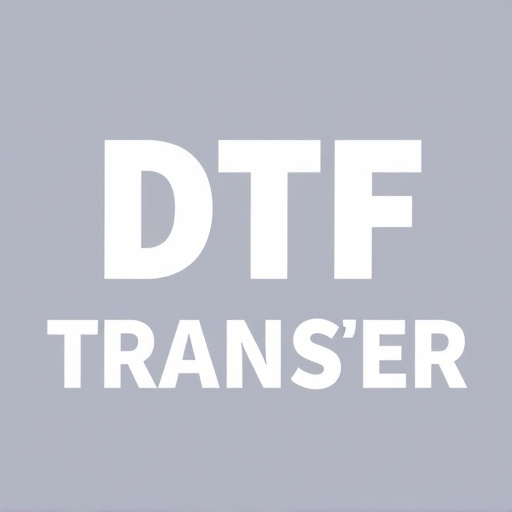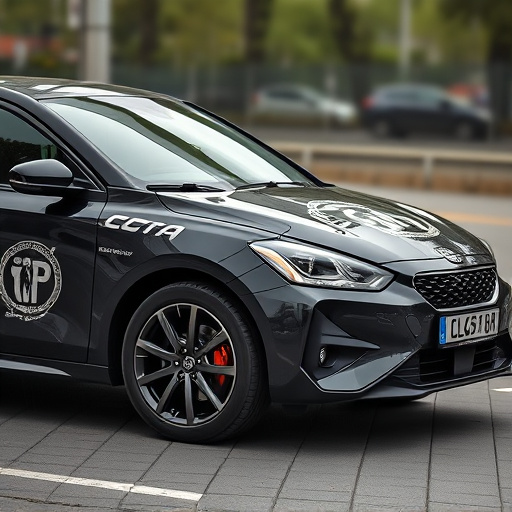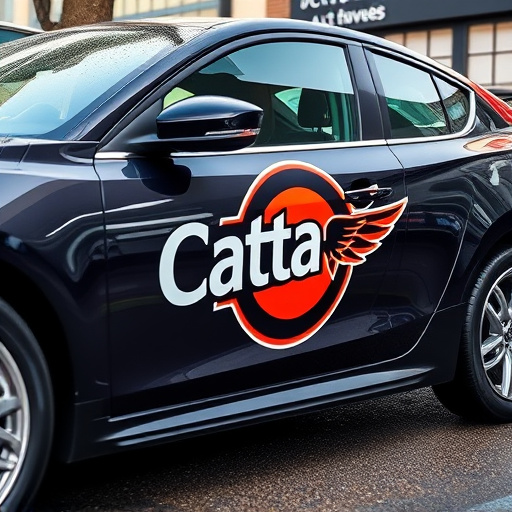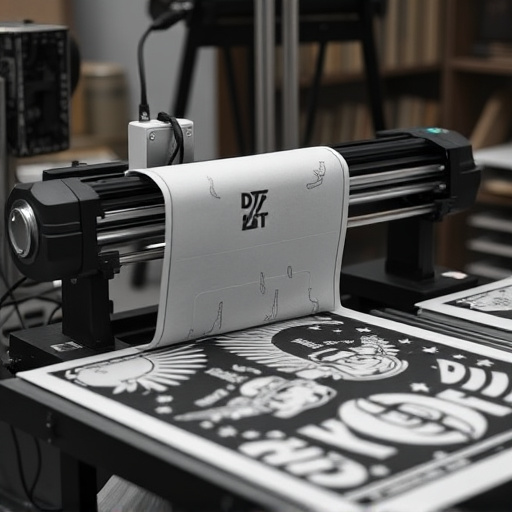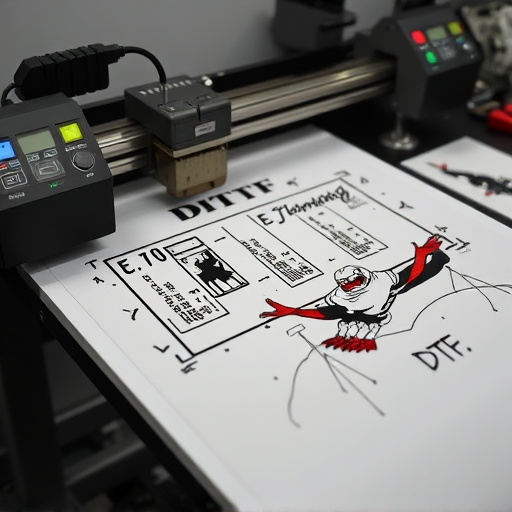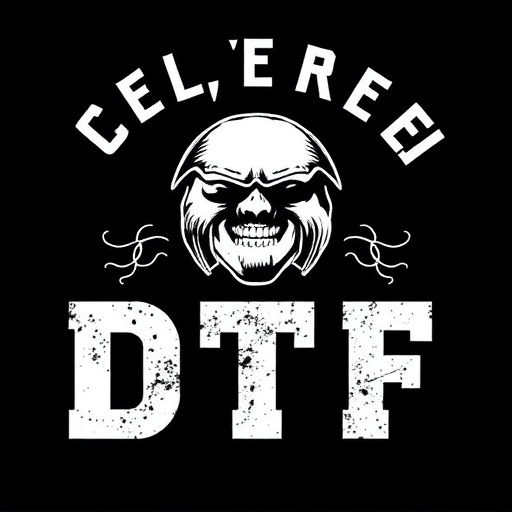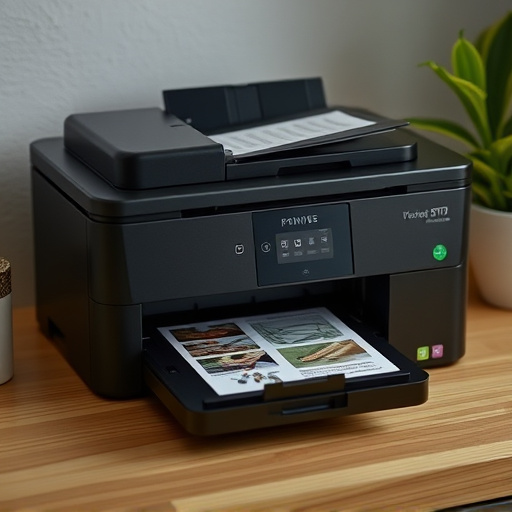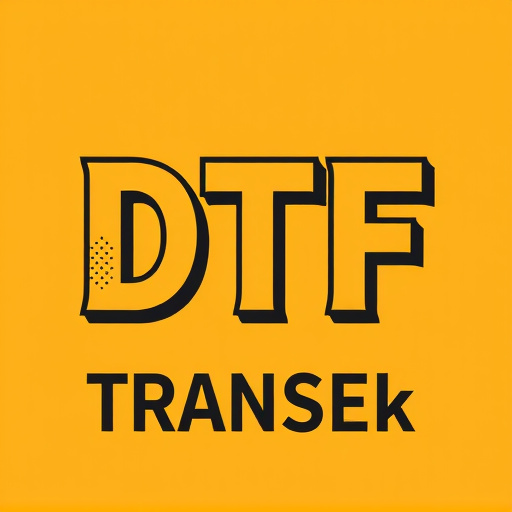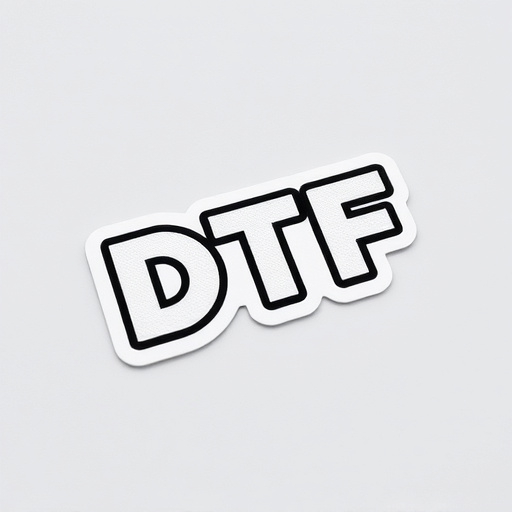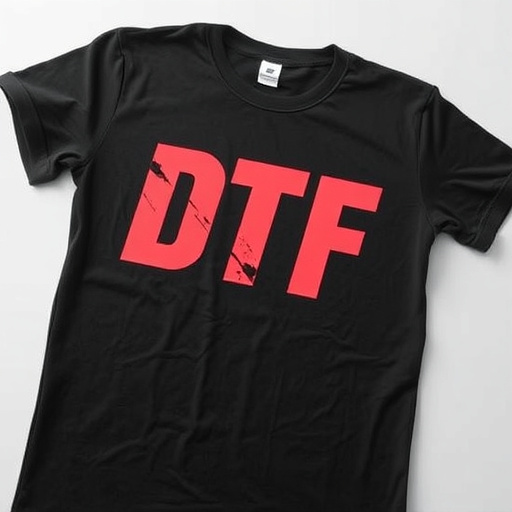Designing high-quality Wholesale DTF Transfers requires understanding the direct-to-garment printing process. Focus on high-resolution (300 DPI or better) artwork with clear lines for optimal print quality on various fabrics. Reverse printing for dark fabrics, using a wide color gamut and precise designs enhances vibrant colors. Balance market appeal with quality standards, optimizing for transparent films to ensure professional results on diverse apparel applications.
“Unleash your creativity in designing eye-catching artwork for Wholesale DTF Transfers! This comprehensive guide navigates the process, ensuring your designs translate seamlessly into high-quality prints. We’ll explore the intricacies of the DTF transfer process and its unique requirements. Learn how to optimize your artworks for optimal print results and discover design strategies tailored for the wholesale market. From understanding the technology to crafting visuals that sell, this article is your go-to resource for successful Wholesale DTF Transfers.”
- Understanding DTF Transfer Process & Requirements
- Optimizing Artwork for Best Print Quality
- Designing Visuals That Sell for Wholesale Market
Understanding DTF Transfer Process & Requirements
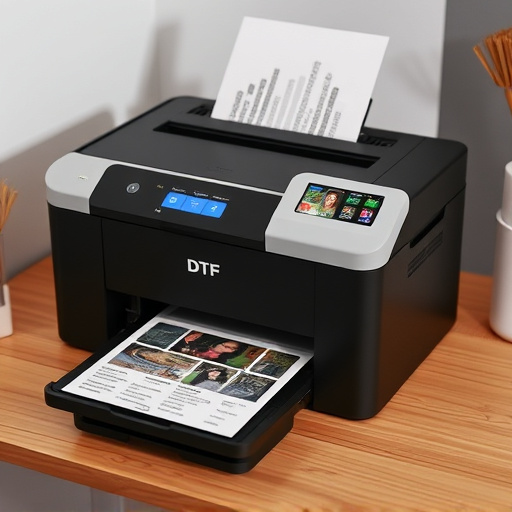
Understanding the DTF Transfer Process is key to designing artwork that will yield high-quality Wholesale DTF Transfers. Direct-to-Garment (DTF) printing involves transferring ink directly onto fabric using heat and pressure, eliminating the need for screens or plates. This process allows for intricate designs, vibrant colors, and a wide range of fabric types, making it ideal for creating custom graphic tees and apparel.
When designing artwork for DTF, consider the unique requirements of this method. Images should be high-resolution with clear lines and details to ensure crisp prints on various garments. The design should also be optimized for the specific garment it will be applied to, taking into account fabric color, texture, and shape. Proper file formatting and color profiles are essential to achieving accurate DTF prints, ensuring your custom graphics on apparel look as intended.
Optimizing Artwork for Best Print Quality
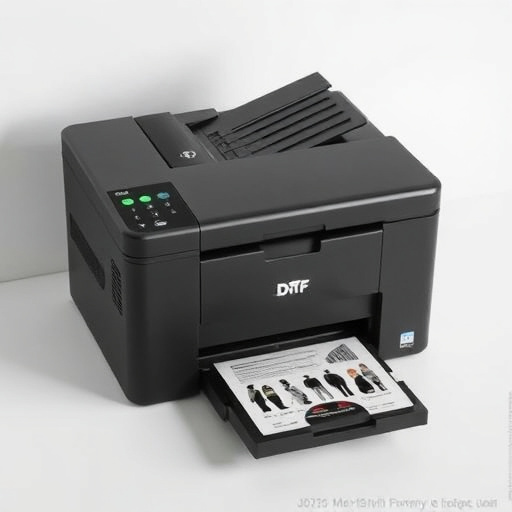
When designing artwork for Wholesale DTF Transfers, optimizing it for best print quality is paramount. Start by ensuring your design has a high resolution; 300 DPI (dots per inch) or higher is ideal for crisp, detailed prints. This is especially crucial when preparing graphics for DTF transfer sheets since any pixelation will be amplified during the printing and heat press process.
Consider the final medium as well—especially when planning DTF printing for dark fabrics. Darker garments require reverse printing where the design is printed in a mirror image on transparent film. This ensures that the ink appears correctly on the final product. Additionally, using a wide color gamut and avoiding excessively complex or intricate details can further enhance print quality, ensuring vibrant colors and precise line work on your heat press applications.
Designing Visuals That Sell for Wholesale Market
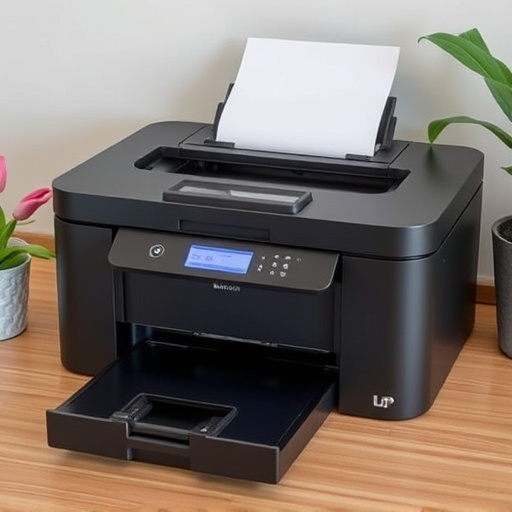
When designing artwork for Wholesale DTF Transfers, the goal is to create visuals that resonate with a broad market while maintaining high-quality standards. The wholesale market demands eye-catching designs that not only stand out but also translate well onto various light fabrics using dtf printing techniques. A successful design should incorporate vibrant colors and clear, detailed elements that are easily reproducible by direct to film printers.
Understanding the specific requirements of dtf transfers is key. Designs should be optimized for printing on transparent films, ensuring the final product has a crisp, professional appearance. Incorporating popular trends and motifs relevant to current fashion or lifestyle preferences can help attract buyers looking for trendy, seasonal items. Ultimately, effective visuals that sell should capture attention, communicate brand identity, and showcase the versatility of Wholesale DTF Transfers for diverse applications in the apparel industry.
When designing artwork for wholesale DTF transfers, understanding the process, optimizing for print quality, and creating visually appealing designs are key. By adhering to these guidelines, you can produce high-quality, market-ready graphics that cater to the unique needs of the wholesale industry. Remember, the right design choices can significantly impact your product’s success in this competitive sector.

